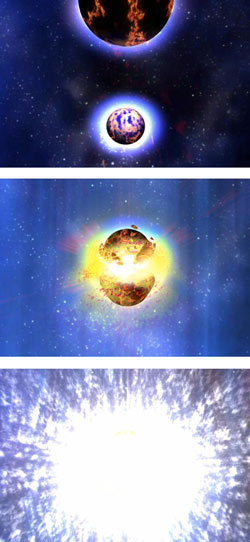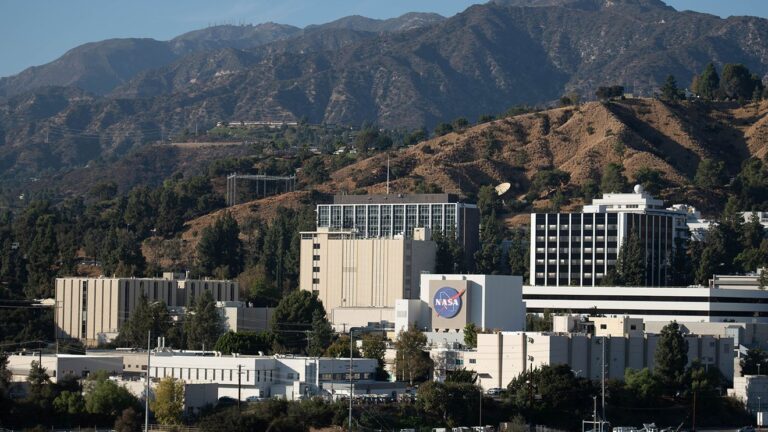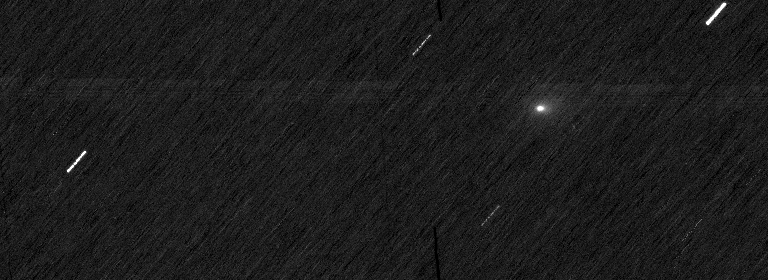Key Takeaways:
Astrophysicists have calculated that up to a third of short gamma-ray bursts (GRBs) result from collisions between neutron-star binaries in globular clusters. Whereas a long GRB (with energetic blasts longer than 2 seconds) is the result of a massive star collapsing into a black hole, short GRBs have a different origin.
Josh Grindlay (Harvard Smithsonian Center for Astrophysics), with colleagues Simon Portegies Zwart (Astronomical Institute, the Netherlands), and Stephen McMillan (Drexel University), performed about 3 million simulations and determined that between 10 and 30 percent of short GRBs likely come from double neutron star (DNS) systems in globular clusters in and around galaxies. Looking closer to home, they predict there are about 80 DNS systems in the Milky Way Galaxy.
NASA’s Swift satellite observed three short GRBs (a GRB whose initial blast lasts less than 2 seconds) last summer. From follow-up observations, astronomers solved a 35-year mystery: the origin of short GRBs. The three bursts were located in the outskirts of elliptical galaxies — galaxies teeming with old stars. This location implies that a short GRB is the result of colliding stellar corpses — either binary neutron stars or a neutron star and a black hole.
Because astronomers located short GRBs in the outskirts of galaxies, many thought these binary systems had been “kicked” to the halo of their parent galaxies. However, “The 7 DNS systems we observe in our galactic disk all have very small velocities, and so would not be kicked out into the halo,” Grindlay told Astronomy. This means these systems must occur naturally in the halo. Grindlay adds, “This is the second strong link to globular clusters: They live in galactic halos (and also in disks), and their enormous densities are ideal breeding grounds for DNS systems.”
The team reported its findings in the January 29, 2006, issue of Nature Physics.











